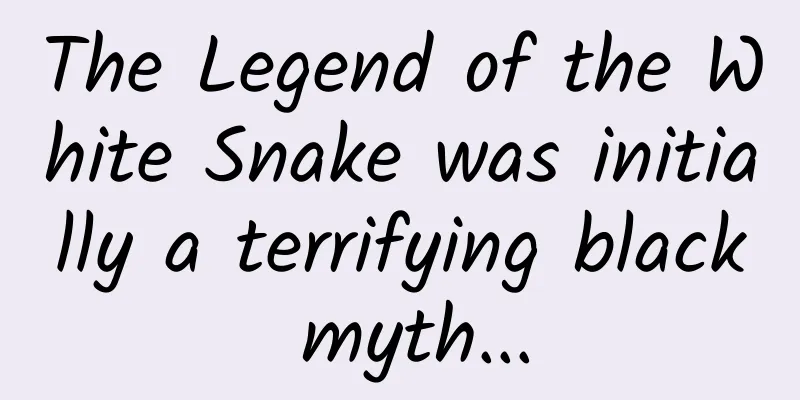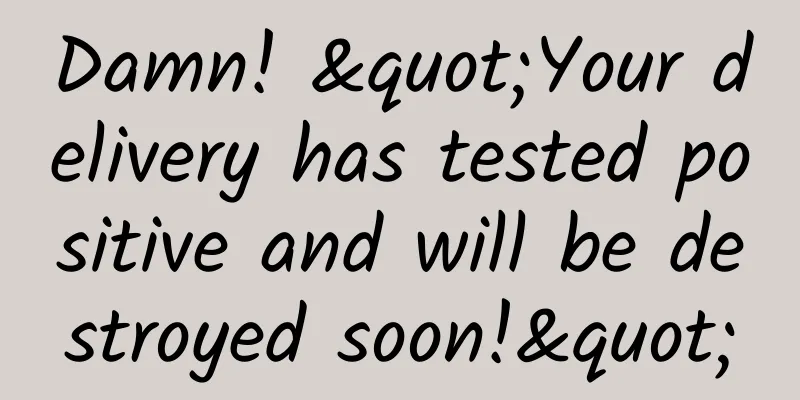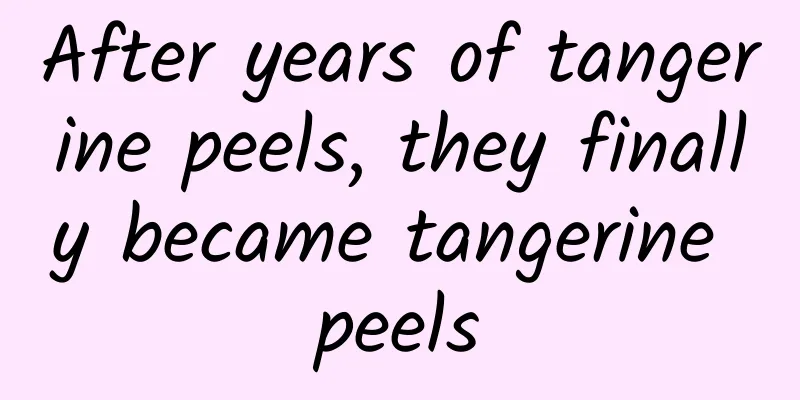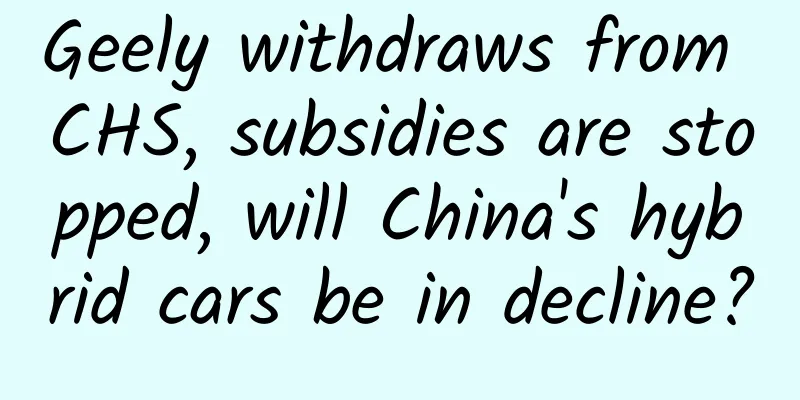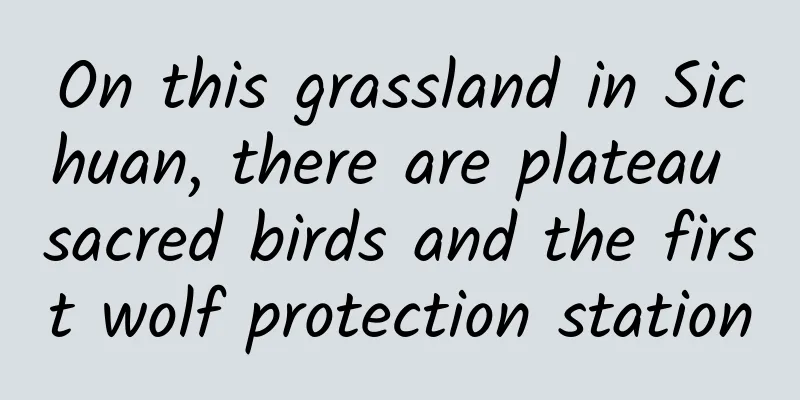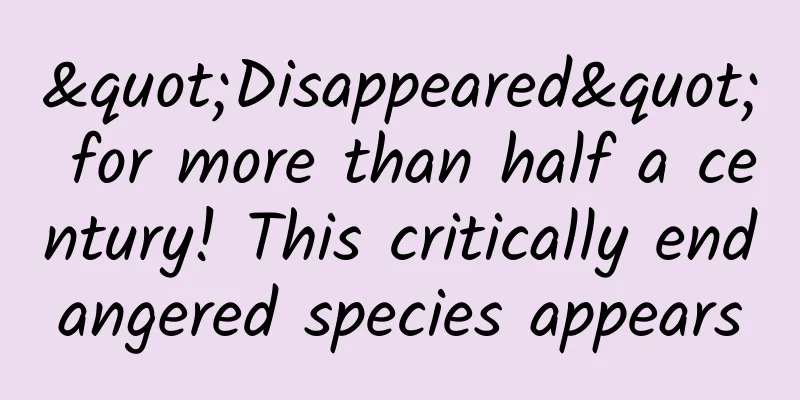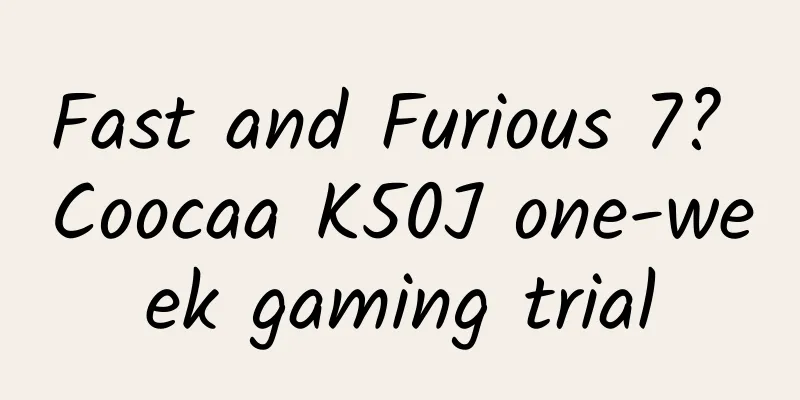The neglected "egg beater" - the life of Darrieus wind turbine
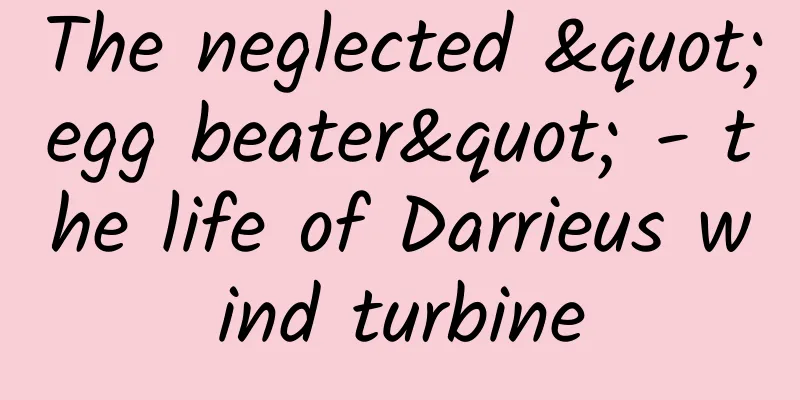
|
Author: Cheng Mingchen The article comes from the Science Academy official account (ID: kexuedayuan) —— The 21st century has witnessed the rise of clean and renewable energy. Among them, wind energy has developed particularly rapidly. In people's impression, wind turbines seem to look the same: a "super-large windmill" consisting of a tall column and three slender blades. In fact, in the long evolution of wind power technology, a variety of wind turbines have emerged one after another. For example, there is a kind of wind turbine that looks like an egg beater... Image source: veer gallery A rookie who was ignored According to historical records, the world's first windmill can be traced back to the Persian region in the 2nd century BC (now Iran, where some windmills are still in operation today). It was a vertical axis wind turbine used to pump water and grind grain. Subsequently, horizontal axis windmills represented by Dutch windmills became popular in the 18th century. At the same time, Sir James Blyoth of the United Kingdom invented the first vertical axis wind turbine, marking the beginning of vertical axis wind turbines. The oldest Iranian windmill (vertical axis) (Image source: video.nationalgeographic.com) Wind turbines are a general term for equipment that converts wind energy into electrical energy. Currently, the rotating axes of almost all large wind turbines in the world are consistent with the wind direction and are basically parallel to the ground. They are called "horizontal-axis wind turbines"; while the rotating axes of "vertical-axis wind turbines" are perpendicular to the wind direction and are generally also perpendicular to the ground. On the surface, the difference between the two wind turbines is the direction of the main axis, but the most core difference between the two is reflected in whether they need to face the wind. The wind direction in nature is constantly changing. Therefore, if a horizontal-axis wind turbine wants to capture more wind energy, it needs to adjust in time according to the change in wind direction and turn the head toward the incoming wind direction (similar to a sunflower facing the sun), but in fact it is difficult for the wind wheel to completely follow the incoming wind direction. Vertical-axis wind turbines, on the other hand, can "take the wind from all directions", and can absorb wind energy to the maximum extent in all directions, without having to consider the problem of facing the wind. Horizontal axis wind turbines that require real-time wind monitoring (Image source: cinelines.com) There are many types of vertical axis wind turbines, which can be roughly divided into two categories in principle: resistance type and lift type. For resistance type wind turbines, only half of the wind receiving area is utilized, and the power coefficient of the unit is low, generally not exceeding 15%. Its common forms include S type, represented by cup anemometer, which is mainly installed on the wind tower of the meteorological station, the top of the cabin of the large wind turbine unit and the top of the electric pole. Its energy conversion efficiency (20%) is slightly higher than that of ordinary resistance type units. The toy windmill we have seen is also a typical resistance type wind turbine. Because the S type unit faces the dilemma of large-scale manufacturing and low energy utilization, it has a hard time in the field of wind power generation. Cup anemometer (S-type wind turbine) (Image source: gifmania.co.uk) Twisted and deformed S-shaped wind turbine (Image source: inhabitat.com) In 1931, French aeronautical engineer Georges Jean Marie Darrieus obtained a patent for a wind turbine named after himself, creating a precedent for lift-type vertical axis wind turbines. Later generations are accustomed to referring to lift-type vertical axis wind turbines as Darrieus wind turbines (D-type wind turbines), which look like an "egg beater" protruding from the ground. Among all types of vertical axis wind turbines, Darrieus wind turbines have the highest wind energy utilization coefficient, simple structure, and good force performance. However, it was not taken seriously for more than 30 years after its launch, and it did not turn around until the late 1960s in North America. After extensive research by Canadian and American scientists, Darrieus wind turbines were able to see the light of day again and initially possessed engineering practical value. Wind farm with Darrieus wind turbine installed (Photo source: Pengpeng Science and Technology Network) Why can the “egg beater” generate electricity? According to the shape of Darrieus wind turbine blades, they can be divided into two categories: curved blades (φ-shaped) and straight blades (H-shaped and V-shaped, etc.), both of which are used both at home and abroad. Curved blades mainly bear pure tension and are not affected by centrifugal loads. The structural force performance is good, but its spatial position needs to be fixed, which is inconvenient to use control methods such as variable pitch. Therefore, the production cost of curved blades is high and the production difficulty is large; while straight blades generally use cross-arm cable supports to prevent large bending stress caused by centrifugal force, but these supports will produce additional aerodynamic resistance and reduce efficiency. In addition, its starting performance is slightly insufficient. Darrieus wind turbine with straight blades (Photo source: Pengpeng Science and Technology Network) In appearance, Darrieus wind turbines and horizontal axis wind turbines are quite different. In fact, since both units rely on the lift provided by the airfoil of the blade cross section for driving, they are similar in principle. The following is an analysis of the principle of an H-shaped Darrieus wind turbine (quickly let the wind wheel move in your mind~). H-type wind turbine operating principle diagram (Image source: self-made by the author) The rotor of the H-shaped Darrieus wind turbine in the left picture consists of two blades parallel to the shaft. The cross section of the blade is a symmetrical airfoil with a streamlined shape. It is installed on both sides of the wind turbine shaft in opposite directions. The right picture lists eight blade positions from 0° to 315°. The wind blows from the left to the right, and the lift resistance generated by the airfoil of the blade cross section drives the rotor to rotate. The resistance of the blade is very small during normal operation, so it is not marked in the picture. The component of the combined force of lift and drag in the forward direction of the blade is the force that drives the wind rotor to rotate. By analyzing the force applied to the blade at these 8 angles, it can be found that, except for the relative wind speed at 0° and 180°, which does not generate lift, the lift applied to the blade at the other six positions can generate torque in the direction of motion. In other words, when the blade rotates to different angles with the wind rotor, there is almost a torque that drives the wind rotor to rotate in the same direction. This is why the Darrieus wind turbine can operate in winds of any direction. Advantages of Darrieus wind turbine Darrieus wind turbine and horizontal axis three-blade wind turbine are representatives of vertical axis and horizontal axis wind turbines respectively. In terms of commercial development, the two have experienced a long and fierce duel. Although the vertical axis wind turbine ended in failure, it does not mean that it has no advantages at all. On the contrary, in addition to the above-mentioned need for no additional wind-facing mechanism to avoid energy loss, it also has many advantages: Low noise pollution, conducive to integration with high-rise buildings With the large-scale development and construction of wind farms in remote areas, wind turbines are now gradually approaching residential areas. However, these big guys are not as docile as they seem. When the wind turbine blades sweep the air, they produce a roaring aerodynamic noise, which affects the daily lives of surrounding residents. Many people are tortured by low-frequency noise and have difficulty falling asleep every day. The vertical axis wind turbine runs at a speed of only a dozen revolutions per minute and makes almost no noise. Therefore, it can be installed in densely populated cities and on the tops of high-rise buildings, integrating wind power generation with buildings and directly supplying electricity to users. Vertical axis wind turbine inside the Eiffel Tower (Image source: ecofriend.com) Vertical axis wind turbine of Shanghai Tower (Photo source: Sh.Eastday.Com) Low speed, bird-friendly, strong resistance to strong winds The three-blade horizontal axis wind turbine has a simple and elegant appearance, and its unique shape has become an embellishment of the natural landscape. However, the speed of its blade tip is as high as 80 m/s. When the wind farm is built near the bird habitat or the bird migration path, it will pose a great threat to the birds. Countless birds have been hit, injured or even killed, including many rare birds of prey. The vertical axis wind turbine has a very low operating speed and will not cause harm to birds. In addition, due to its low tower height and strong wind resistance, it has great potential for use in typhoon landing areas along the southeast coast of my country. Small distance between units, low installation and maintenance costs During the operation of horizontal-axis wind turbines, a huge wake area will be generated behind the wind rotor, which significantly affects the performance of the wind turbines behind. The airflow interference can only be completely eliminated when the distance between the front and rear units exceeds 20 times the diameter of the wind rotor, which greatly increases the cost of laying cables and wastes a lot of land resources. On the contrary, vertical-axis units are less disturbed by turbulent airflow. Tests show that the units can absorb wind energy to the greatest extent when the distance between the units is 4 times the distance of the wind rotor. Therefore, the units can be densely arranged inside the wind farm. In addition, the generator, gearbox and other heavy equipment of vertical wind turbines can be installed on the ground, the mechanical properties are greatly improved, and they are easy to install and maintain. The wake generated by a horizontal-axis wind turbine at sea (Image source: energirs) However, vertical axis wind turbines also have disadvantages such as low overall energy conversion efficiency, difficulty in speed control when operating at overspeed, high starting wind speed, and difficulty in automatic starting. Overall, vertical axis wind turbines seem to have more significant advantages, but to achieve large-scale engineering development of wind power generation, it is not only necessary to demonstrate the feasibility of the technology, but also to comprehensively consider aerodynamic efficiency, structural safety, noise level, environmental impact, input costs and benefits, etc. In the fierce competition between Darrieus wind turbines and horizontal axis wind turbines, horizontal axis wind turbines have completely dominated the commercial wind power industry in the 21st century. However, Darrieus wind turbines have not disappeared, and they play a role in local power supply in remote mountainous areas and islands in my country, such as ensuring the long-term operation of lighting, communication and other equipment. Darrieus wind turbine with curved blades above a highway Ushering in the “Second Spring”: Offshore Wind Development After entering the 21st century, in order to capture more wind energy and reduce the unit cost of power generation, the size of horizontal axis wind turbines has gradually increased. At the same time, the defects of the ultra-large units with "high towers and long blades" have become increasingly prominent. In addition to the inherent shortcomings such as high operating and maintenance costs, they will also significantly affect the ecological environment. As a result, vertical axis wind turbines have re-entered people's field of vision, and a wave of Darrieus wind turbine research has emerged. According to the current development trend of offshore wind power, deep sea areas with a water depth of more than 60 meters are expected to have an offshore wind energy capacity of more than 2,000 GW. Data show that Darrieus wind turbines have more significant advantages in deep sea environments, such as lower construction, operation and maintenance costs. In order to fully stimulate the potential of vertical axis wind turbines, researchers have proposed a new V-shaped Darrieus wind turbine based on the accumulation of long-term application technology and advanced numerical analysis tools. Perhaps in the near future, we can see this refreshing new wind turbine. Concept image of the novel V-shaped Darrieus offshore wind turbine (Photo credit: Aerogenerator) Although the Darrieus wind turbine failed in the battle for land in the early 20th century, its various characteristics show that it has great potential competitiveness at sea. However, if vertical-axis wind turbines want to grow rapidly after a long dormant period, have a second spring of life, and compete with the mainstream horizontal-axis wind turbines, they still have a long way to go. References: [1]https://energy.sandia.gov/programs/renewable-energy/wind-power/offshore-wind/#float-vawt [2] http://news.cntv.cn/20110720/108118.shtml [3] Blackwell, BF, et al. “Engineering Development Status of the Darrieus Wind Turbine.” Journal of Energy, vol. 1, no. 1, 1977, pp. 50–64. [4]Aerogenerator Turbine Sets Sail for a Greener Future. Available online: http://www.guardian.co.uk/technology/2008/jan/29/wind.energy.aerogenerator (accessed on 10 May 2019) [5] http://www.pengky.cn/zindex.html. |
>>: What does "Coriander New Land" smell like? Who decides whether cilantro is fragrant or smelly?
Recommend
From BYD's Thailand factory, we can see that China's new energy vehicles are going global. The globalization of the industry has spread like wildfire.
On July 4, BYD Chairman Wang Chuanfu traveled to ...
After 80 years of research, the key factor that "playing mahjong can extend life" has been found, and it turns out to be...
Editor: Sunny Morning Many people love playing ma...
There are 4 functions that the elderly must learn to use smartphones. They are easy to operate and you will learn them at a glance.
In this issue, we will share 4 small skills that ...
Analysis of Meituan and Pinduoduo’s e-commerce coupon competitors!
Jingxi’s coupon system was inherited from JD.com,...
Don’t take this kind of voice lightly! Some people are tortured every day…
Compiled by: Gong Zixin Do you live near the airp...
How to plan physical store activities? Just read this one
How should physical stores organize activities to...
How to plan a marketing campaign that can create multiple values?
The World Cup craze has just passed, and problems...
How much does it cost to make an educational promotional mini program? How to develop educational WeChat mini-programs?
How much does it cost to make an educational prom...
Aiti Tribe Stories (29): What is it like to develop transformation testing?
[51CTO.com original article] Gavin has 20 years o...
How to build a user tag system from 0-1?
With the disappearance of traffic dividends, the ...
How to promote apps overseas through content marketing?
Between July and December 2018, the cost per thou...
Community operation: Several methods to teach you how to overcome traffic barriers!
Flow Off If you build a community and run it very...
"A year's rain falls in one day" may happen more frequently in the future
Recently, many parts of southern China have been ...
A brief analysis of PuPu Fresh's marketing strategy
I was walking on the road and came towards me a g...
You can live on the Internet forever, but please note that this network belongs to others and is only lent to you.
Today, the Internet has always been one of the mo...
